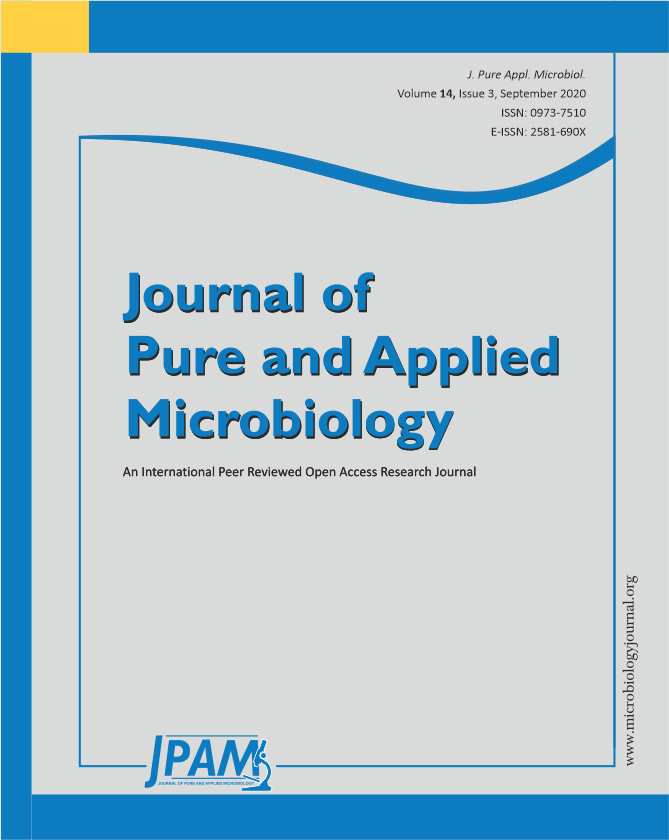The recent increasing use of artificial antibiotics has prompted an expansion in resistant strains and high site reactions. Medicinal plants have for quite some time been utilized as traditional medicine to treat pathogenic bacteria. In such manner, consistently numerous scientists are sending a range of plant’s secondary compounds to the customer advertise for the treatment of human illnesses. Accordingly, the distinguishing proof of plant spices with antimicrobial impacts can assist with delivering new medications with a wide range of impacts. The aim of the present research was to examine the ability of ethanolic leaves extracts of Rosmarinus officinalis plant as antibacterial agent against the Gram-positive bacteria Staphylococcus aureus and Gram-negative bacteria Escherichia coli. The zone of inhibition increased with increase in concentration of the test solution. Higher activity of ethanolic extract was found against S. aureus (2.4 cm) than E. coli (1.8 cm). In addition, the repetitive element PCR (Rep-PCR) significantly showed that several genetic numbers of polymorphic bands were observed in S. aureus and E. coli treated bacteria with leaves extracts and not observed in the control. These results indicate that these extracts have a genotoxicity effect on the two bacterial genomes. The obtained results demonstrate that R. officinalis can be used as a potential source of antibacterial and genotoxicity factors.
Rosemary, Re-PCR markers, gene mutations, S. aureus, E. coli
© The Author(s) 2020. Open Access. This article is distributed under the terms of the Creative Commons Attribution 4.0 International License which permits unrestricted use, sharing, distribution, and reproduction in any medium, provided you give appropriate credit to the original author(s) and the source, provide a link to the Creative Commons license, and indicate if changes were made.


